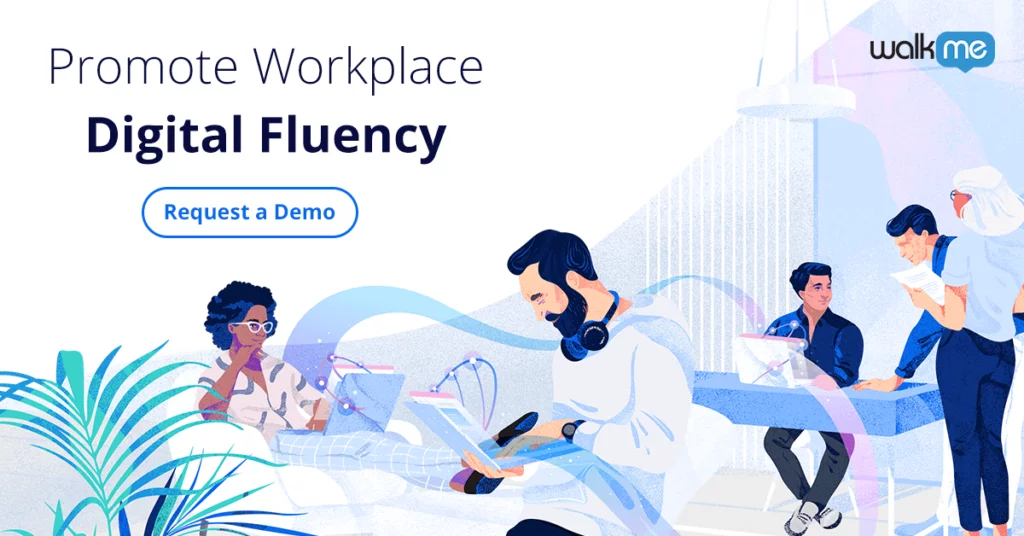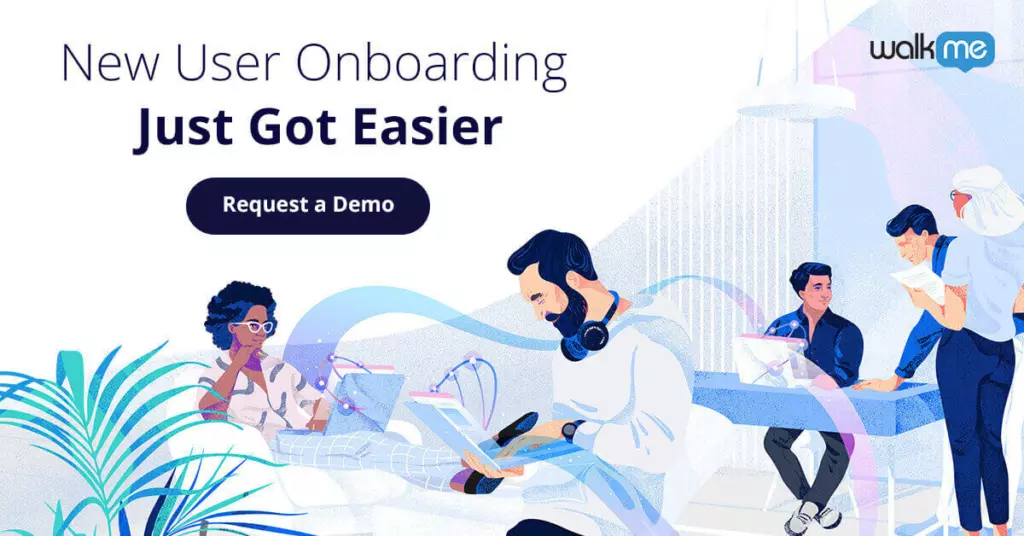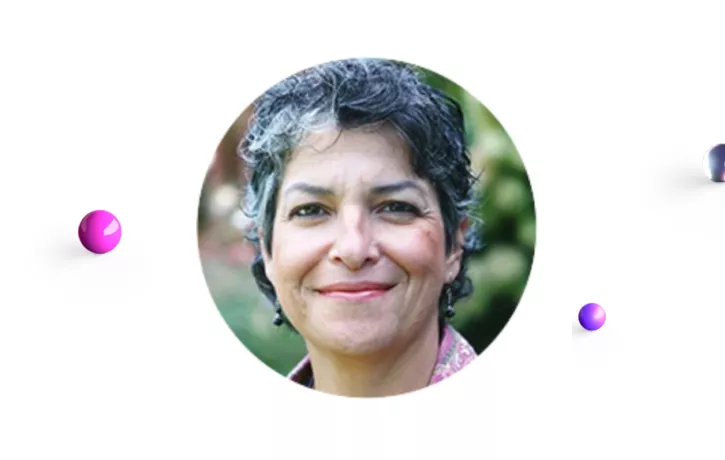Greisy Flores, Sr. Product Manager at Nestle deeply understands the challenges of digital adoption. Since it’s her job to ensure that the inner-workings of Nestle run smoothly and efficiently, she knows the value of providing superb training and guidance for employees on all software platforms.
But she also has an incredibly astute grasp of what the business world is facing, and is about to face when it comes to digital transformation as a whole.
Greisy presents her insights on the Nestle digital adoption platform experience in her WalkMe Realize Live session. She kindly agreed to share a few key insights with us here.

Universal technology adoption challenges that all businesses must face
Nestle might be relatively new users of WalkMe, but they are certainly not new to the challenges of digital adoption. Greisy shared that Nestle is constantly working to address three main workplace shifts that are taking place.
AI is changing job roles
“In the next two years, most of our jobs will be greatly impacted or automated by technology. Technologies like Artificial Intelligence, Robotics, Machine Learning, and chatbots are all becoming deeply rooted in our everyday life and employers have an expectation that people will adapt to these the way they did to computers and smartphones.”
Competition in software is fierce
“The volume and rate of growth in new technologies fueled by thousands of developers means that many of these new technologies will be cheaper than current ones, so companies need to take advantage of them, creating an even greater need for adaptability in the workforce.”
Digital dexterity is demanded of every role
“Business models are replacing job roles with skill sets. Companies are requiring that people have fundamental skills to master any technology. The risk is that the growing digital skills gap and the lack of awareness in the workforce for the need for fundamental skills can create a volatile workplace.”

With these three major workplace shifts in mind, Nestle has faced their digital adoption challenges head-on. The goal is to provide their employees and organization with the resources to adopt software constantly, easily, and in a way that helps the workflow rather than impede it.
The Nestle DAP stakeholders approach the solution from different angles
Receivers
“Our employees are the receivers of our IT solutions. There is a high level of competition for their attention as they are involved in multiple initiatives. We want to reduce the wasting of their time in the workflow, including training time and dealing with data integrity issues. And, most importantly, they need to free up time to build the fundamental skills that they need to stay relevant at work.”
Knowledge Owners
“The knowledge owners and product developers now have the added responsibility of being builders of learning content. We need to have a simple governance model to make sure that the creation, editing, and publishing of learning material is efficient. It requires a whole new culture that rewards people who adopt a workflow learning mindset and utilize the digital adoption platforms in order to help our receivers.”
IT Product Managers
“It is important for each of our IT Product Managers to understand that for every business objective there is almost always technology as an enabler. So to fully realize the business objective the IT Product must be fully operational. This means that we have to have flawless execution of the business process and use of technology. We work closely with the product teams to understand the vital behaviors, which we then turn into learning goals.”
The greatest benefit of a DAP…
“The greatest benefit of a DAP is the ability to help our employees at the moment of need. It is also having the tools we need to understand the user experience, provide the right guidance at the right time, and the ability to automate and make work more enriching.”

Greisy understands that her employees can perform their best when they have the resources that they need to navigate and utilize their software efficiently.
To other companies undergoing digital adoption challenges and looking for a solution, she suggests to start by identifying “learning moments” of employees and then assess how to develop the best content in order to help them in those moments. A DAP gives organizations a holistic view of their employee engagement and software adoption.
“Our biggest roadblock to improvement was the lack of data regarding how employees are performing with our products. Lack of visibility and insights meant that we were mostly guessing what kind of learning content we needed to create. Thanks to WalkMe Insights, we have the ability, through analytics, to understand the rate of adoption and interactions with new features.”
To learn more about Greisy and Nestle’s digital adoption experience, you can register for access to the WalkMe Realize Live sessions.


